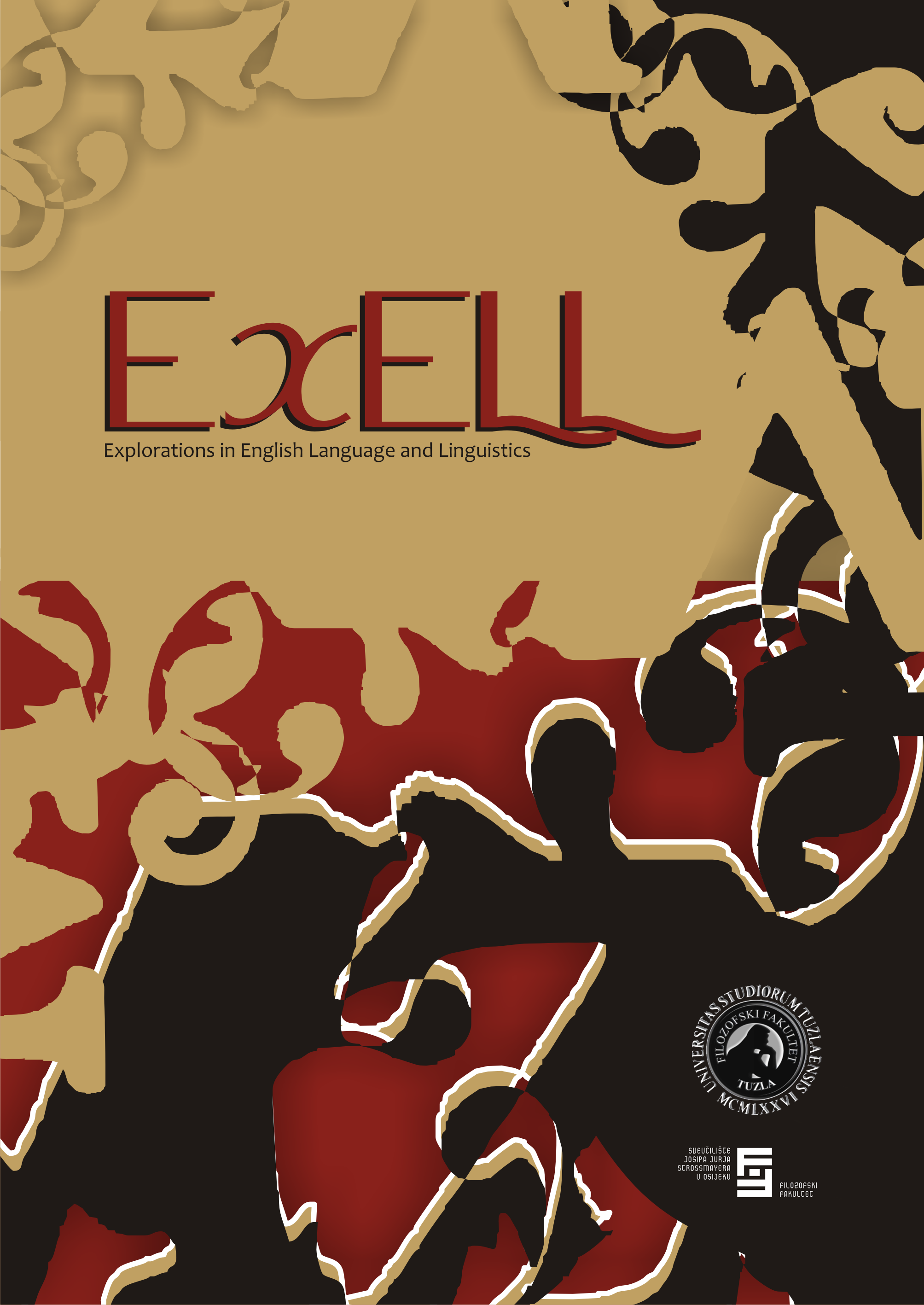From introduction to phonemic symbols to development of transcription skills: A case study in the English Department at University of Tuzla
From introduction to phonemic symbols to development of transcription skills: A case study in the English Department at University of Tuzla
Author(s): Sanel Hadžiahmetović JuridaSubject(s): Language and Literature Studies, Foreign languages learning, Theoretical Linguistics, Applied Linguistics, Phonetics / Phonology, Language acquisition
Published by: Filozofski fakultet Univerziteta u Tuzli
Keywords: connected speech; phoneme; allophone; transcription; aspects of connected speech; coalescent assimilation; diacritics; aspirated and unreleased plosives; dentalisation; velarisation
Summary/Abstract: The present study portrays some of the key aspects of connected speech in English, as adopted by 42 native Bosnian/Croatian/Serbian-speaking undergraduate students of English in the English Department, University of Tuzla, in the academic year2013/2014. More specifically, the study shows how successfully these students developed their transcription skills in English, particularly when it comes to the use of diacritics for dental, velarised, and syllabic consonants of English,as well as for aspirated and unreleased (unexploded) English plosives. In addition, the study focuses on the coalescent type of assimilation. Connected speech (also known as rapid, relaxed, casual, or fluent speech) is characterised by a number of phonetic phenomena. The paper also analyses the level to which students enrolled in the English Department in Tuzla have developed a sense of elementary terms in this field, an understanding of the English sound system, and generally speaking, to what extent they developed their broad and narrow transcription skills.
Journal: ExELL (Explorations in English Language and Linguistics)
- Issue Year: 2/2014
- Issue No: 2
- Page Range: 116-132
- Page Count: 17
- Language: English

